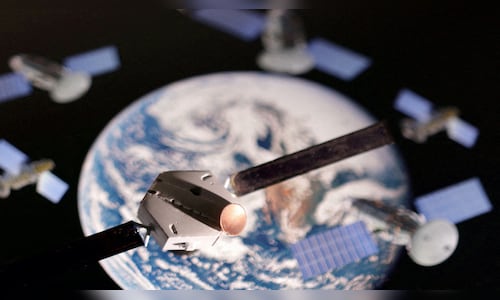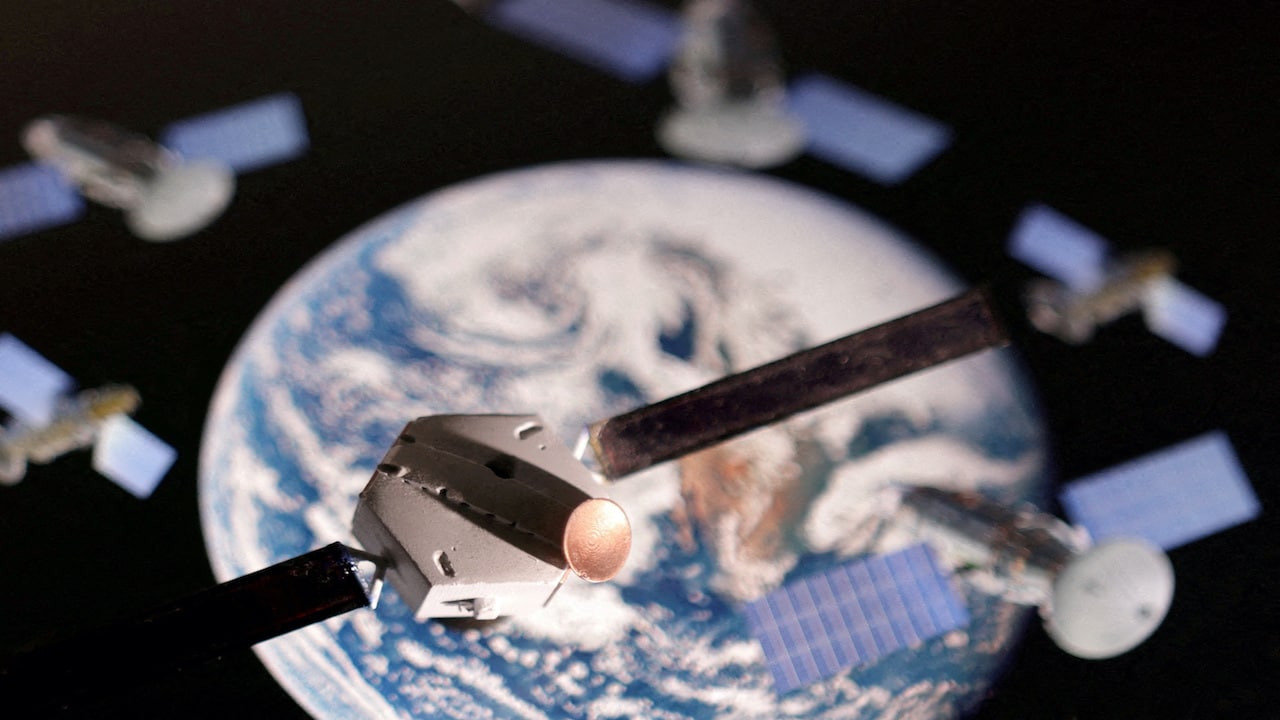

Special hardware is required to provide in-flight internet service. It operates via two types of technology: an air-to-ground system and a satellite-based Wi-Fi system. The service enables users to browse the internet, stay tuned on social media, and chat on WhatsApp, all while flying 10,000 feet above the ground. The service is available on iOS and Android devices, laptops and tablets.
The deployment of Wi-Fi service on domestic routes follows a successful pilot programme on Air India’s international routes, including on flights to New York, London, Paris, and Singapore. The aircraft now offering Wi-Fi service include the Airbus A350, along with some planes previously operated by Vistara — which merged with Air India in November. Vistara provided internet on select international flights — Tata Group’s Nelco powered the service in partnership with Panasonic Avionics Corporation.
Nonetheless, passengers can now easily access Wi-Fi on board Air India flights by enabling Wi-Fi on their device, selecting the ‘Air India Wi-Fi’ network, and entering their PNR and last name when redirected to the portal.
Also read | Air India becomes first Indian airline to introduce in-flight Wi-Fi service on domestic routes
How internet works at 10,000 feet
The air-to-ground system picks up signals from towers on the ground, and the satellite-based Wi-Fi system uses satellite signals for broader coverage, especially over regions without ground towers. When the aircraft reaches an altitude of 3,000 metres, the antenna switches to satellite connectivity.
The airline bears the initial cost of installing antennae on aircraft, and for Air India, equipping older planes with internet connectivity seems sensible. Although many international airlines provide limited free Wi-Fi before requiring passengers to purchase a data pack, Air India is currently offering the service for free as part of an initial offer.
Mobile data use is restricted on planes due to concerns that mobile phones and other electronic devices can interfere with aircraft operations, such as navigation systems and pilot communication tools. “Scientific research has shown that mobile phones can interfere with the normal operation of aircraft equipment and cause interference in pilots’ headsets,” the Civil Aviation Authority had earlier said. Other devices like Kindles, iPods, laptops, and handheld gaming consoles emit radio waves that could affect an aircraft’s systems, Skyscanner’s travel expert, Laura Lindsay was quoted as saying by CNN.
Also read: For a fatigue-free cockpit: Air India, IndiGo won’t roll out new rules before June 2025
While phone calls are prohibited on most flights in many regions, Europe approved in-flight phone calls and data usage in 2022, with some airlines rolling out 5G capabilities in 2023. The EU has designated specific frequencies for in-flight 5G data service to avoid interference with aircraft systems, and airlines are required to install “pico cells” to manage phone signals, News18 reported.
However, the US Federal Communications Commission halted plans to allow in-flight voice and data services, citing safety concerns voiced by airline personnel, including pilots and flight attendants.



